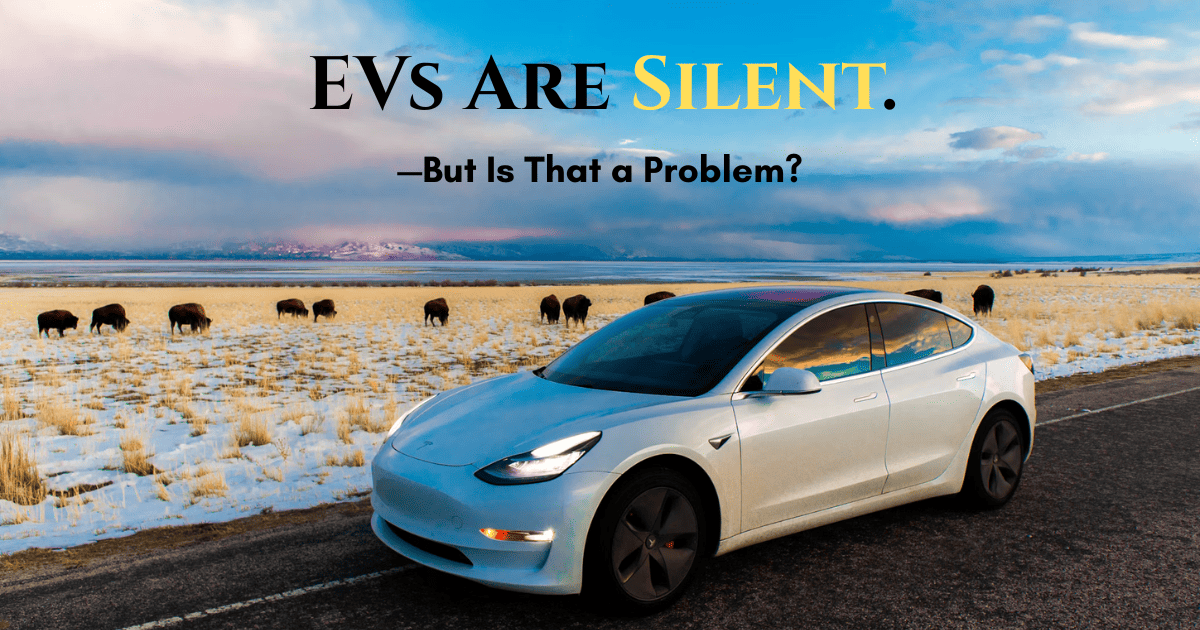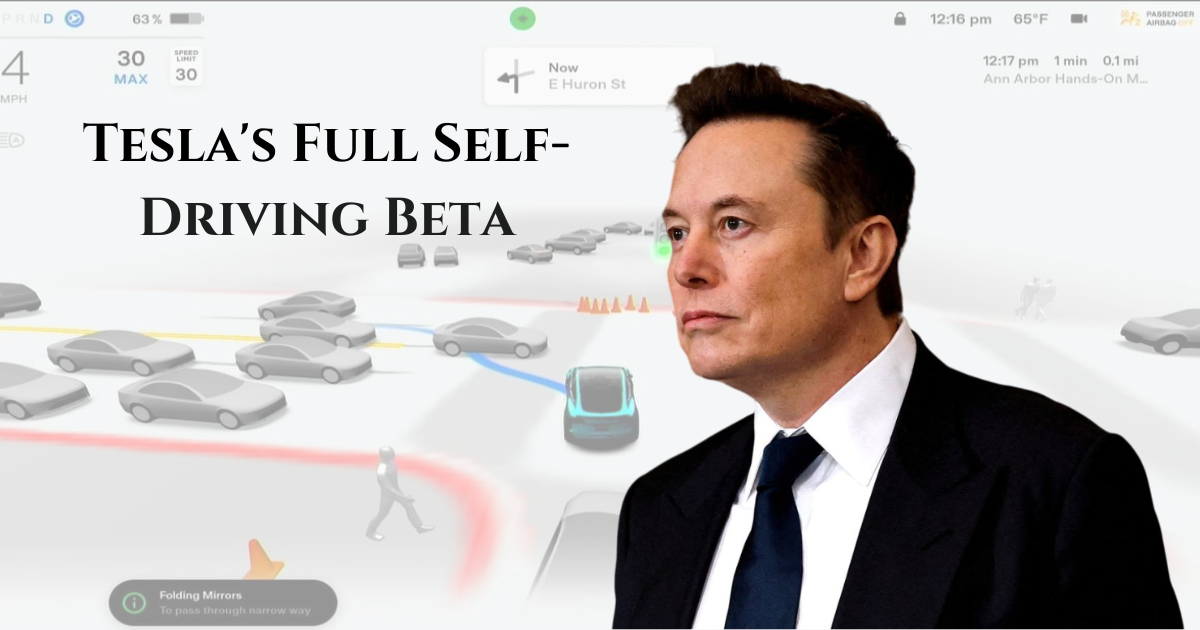Electric vehicles are known for their silent rides, but that quiet may be causing more harm than good. Discover why EV silence is a growing safety and design concern.
Electric vehicles (EVs) are redefining how we drive. They’re clean, efficient, and nearly silent. That last part—silence—has been widely promoted as a perk. No engine roar, no rumble at red lights. Just pure, smooth motion. But that silence might come with an unexpected cost. In fact, it could be a problem.
Let’s break it down.
1. The Disappearing Sound of Danger
Traditional cars make noise, and that sound carries a purpose. You hear them approaching. You instinctively pause before stepping onto the street. With EVs? You often don’t hear anything at all until they’re already next to you.
For pedestrians, cyclists, and especially those with visual impairments, EVs can be a safety hazard simply because they don’t announce themselves audibly. That “silent luxury” removes a key cue we’ve unconsciously depended on for over a century.
In fact, studies show EVs are up to 40% more likely to be involved in accidents with pedestrians compared to internal combustion engine vehicles.
2. Cities Are Designed for Sound
Crosswalks. Intersections. Bike lanes. All these rely on humans and machines coexisting with cues — many of which are auditory. The silence of EVs doesn’t just affect foot traffic; it’s causing concern for city planners and safety experts. Urban environments are not yet acoustically redesigned for the silent revolution.
3. Artificial Sounds Are the Workaround — But They Feel Fake
In response, many EV manufacturers have started installing synthetic engine sounds. Some mimic traditional engines. Others, like Tesla, use futuristic, sci-fi tones. But let’s face it — they’re not fooling anyone. It’s sound design for safety, not authenticity.
There’s a strange irony in a car that had to re-learn how to make noise. What was once a byproduct of combustion is now a manufactured necessity.
4. Silence Isn’t Always Comforting
For drivers, the quiet cabin is a luxury. But for passengers? It can feel eerie. The absence of sound can amplify minor noises — road bumps, tire friction, the hum of the motor. Some find it unsettling, like something is missing. It’s not just about decibels — it’s about emotional presence.
Sound gives weight, presence, and feedback. Remove it, and you remove part of the sensory experience of driving.
5. EVs Are Changing How We Define “Car”
This goes beyond safety and sound. It’s cultural. Muscle cars growled. Supercars screamed. EVs whisper. For some, this evolution marks progress. For others, it’s the end of a mechanical era where power was felt as much as seen. Without sound, does a car lose its soul?
The Verdict: Silence Is Power—But Needs Control
EV silence is a feature, but it needs structure. Without proper audio feedback systems, legislation, and design, we risk building cities where machines sneak up on humans. It’s not just a design flaw — it’s a societal one.
So yes, EVs are quiet. And that’s impressive. But in the real world, silence without awareness can be dangerous. As we move forward into electric mobility, we’ll need to find new ways to make the quiet… speak.










